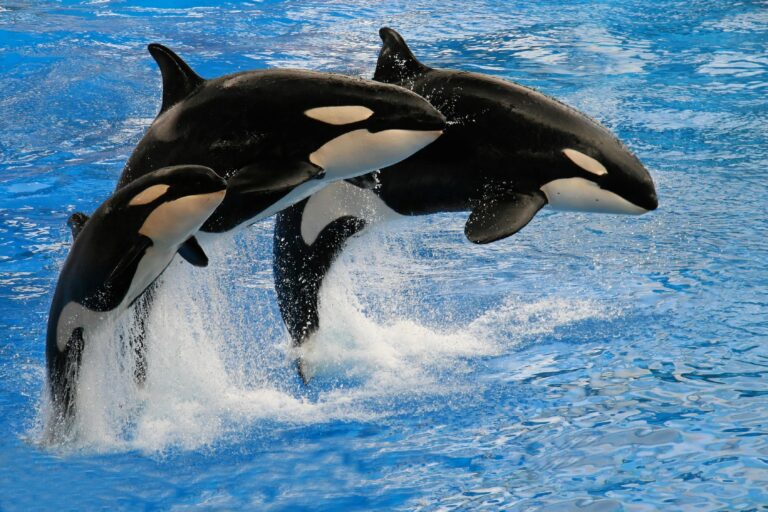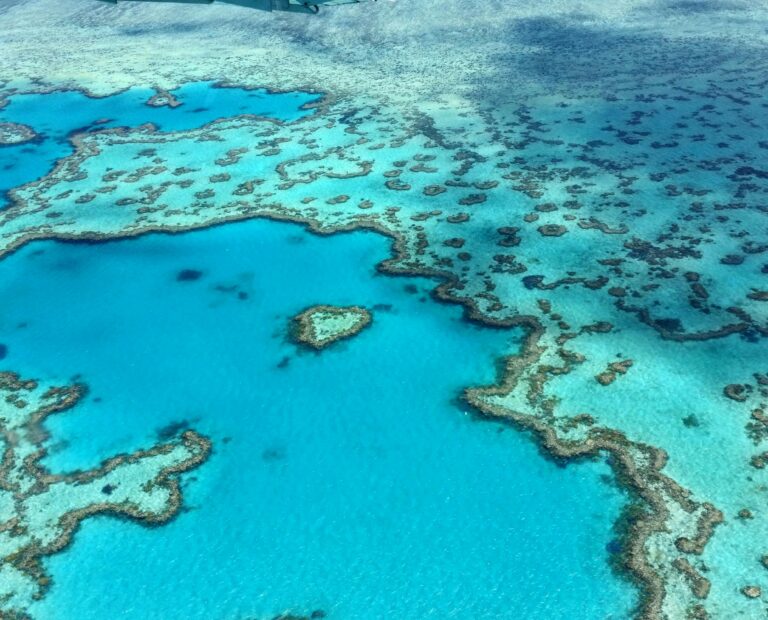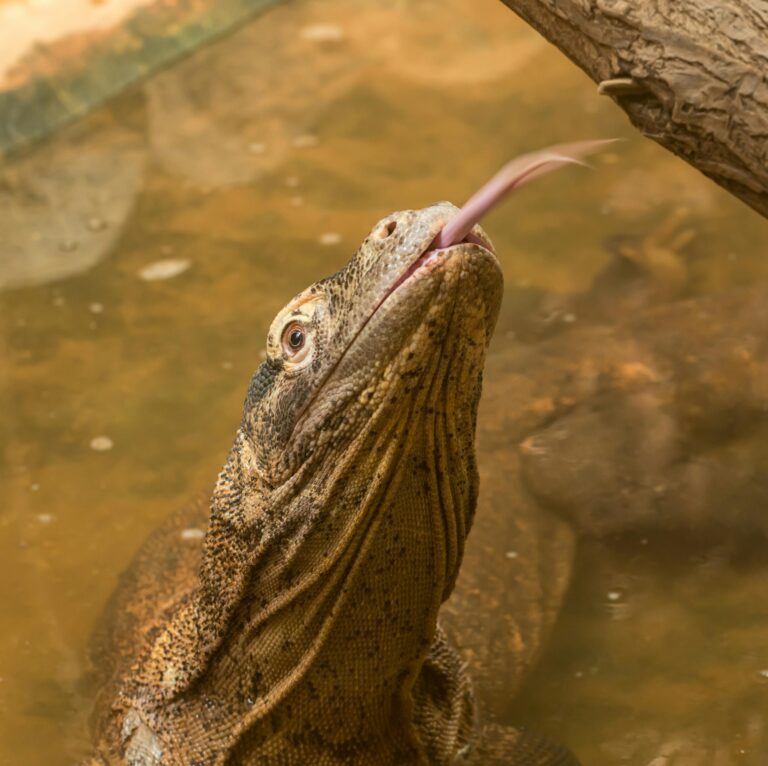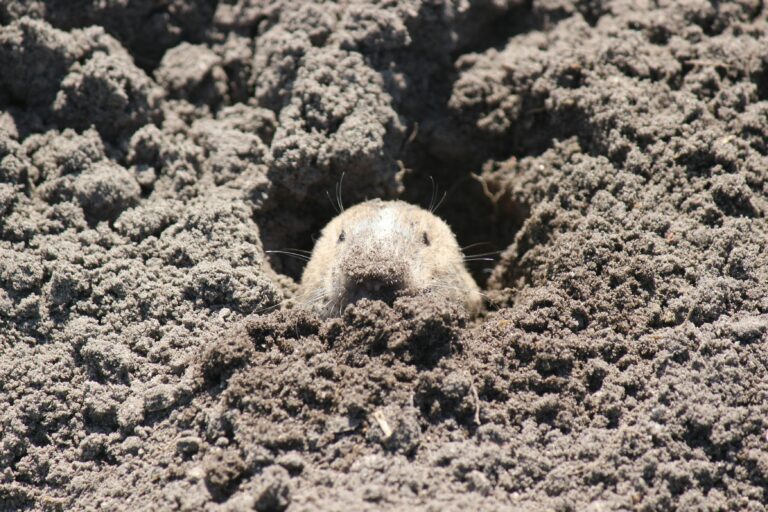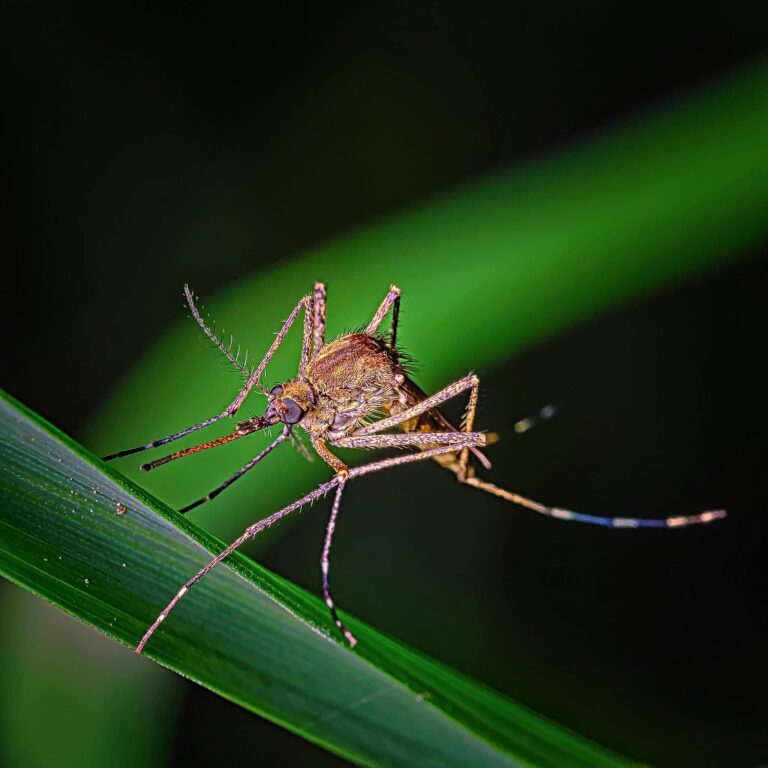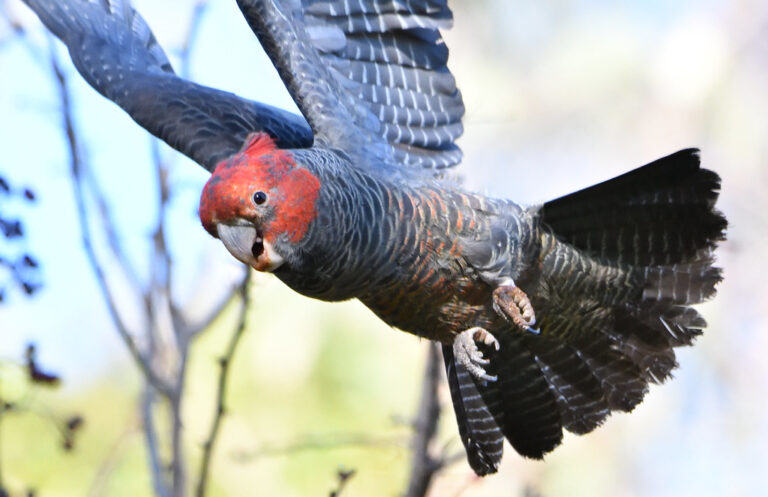In 1980, Mount St. Helen, in southwest Washington State, erupted, killing 57 people. Three years later, scientists brought two pocket gophers into an enclosed space on the northern side of the mountain. These two pocket gophers were not happy being moved from their home of Butte Camp to the northern side of the mountain. After their helicopter trip, the two grumpy gophers were released to do what they wanted to do, which, for gophers, is digging. After one day of the grumpy gophers’ digging, the places where the gophers had dug exploded with new life.
